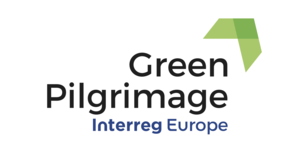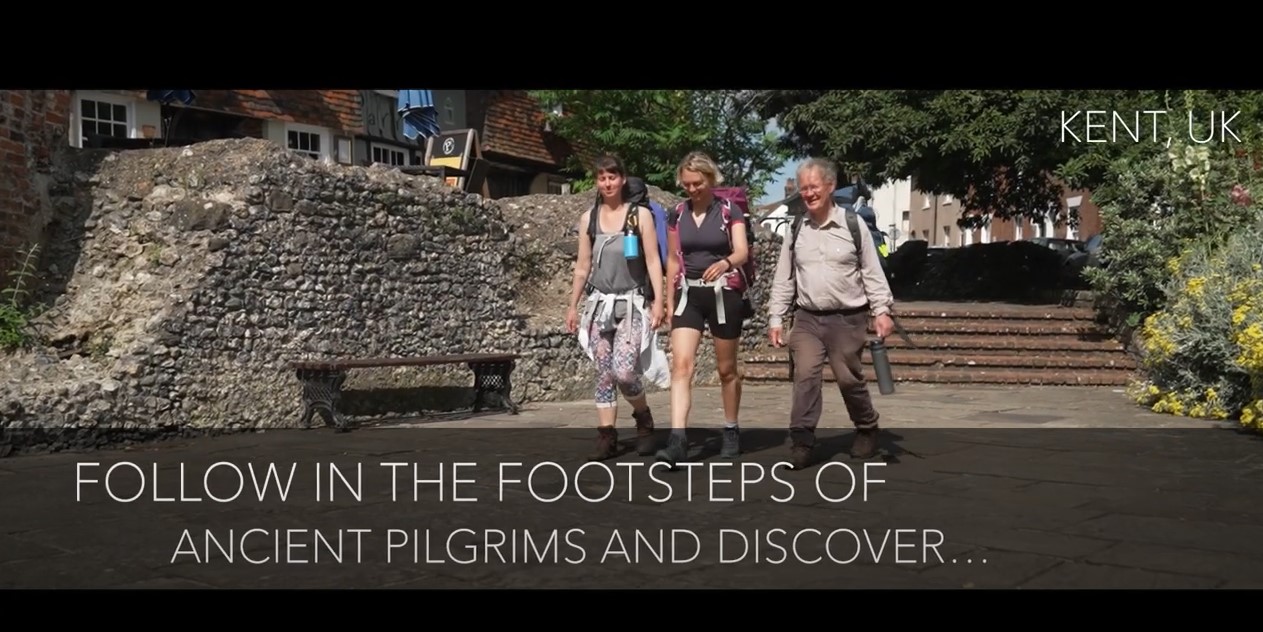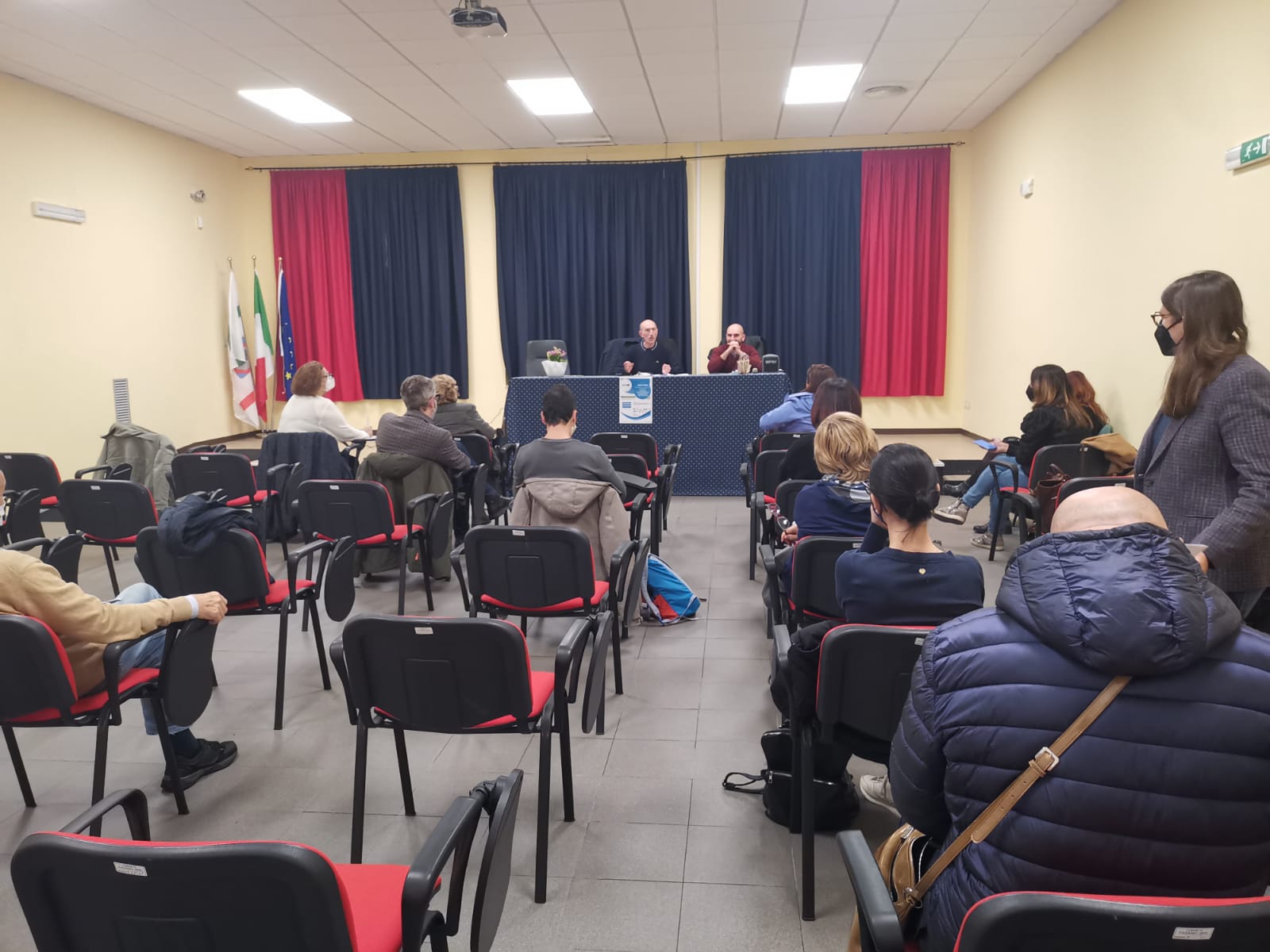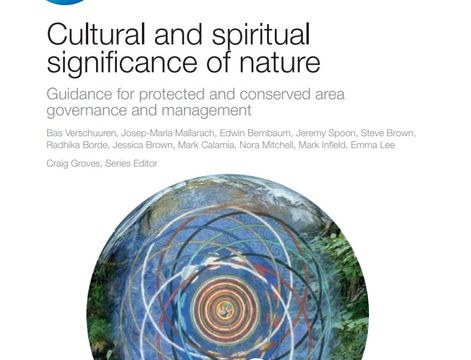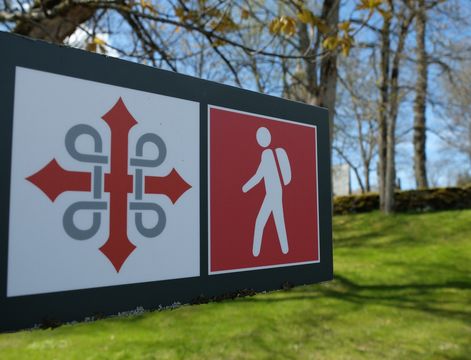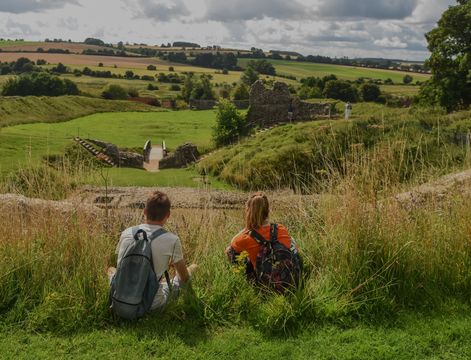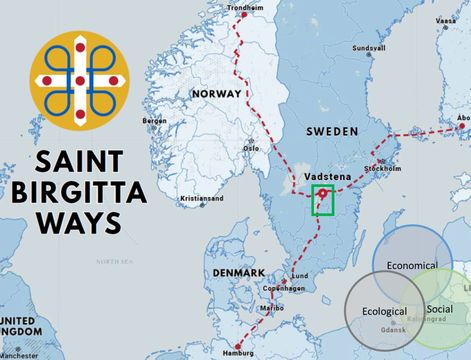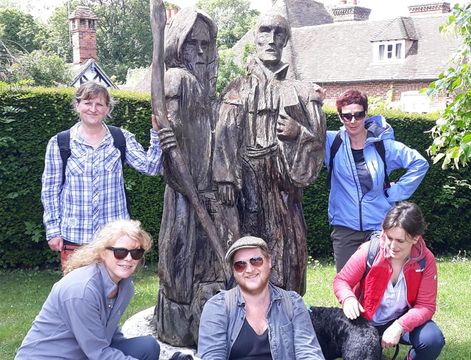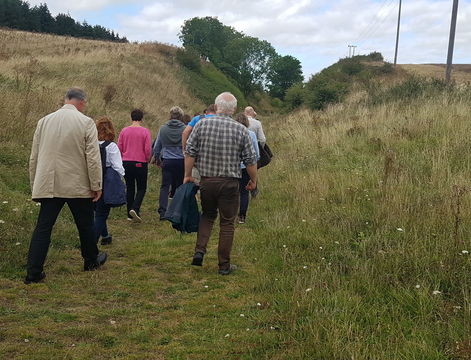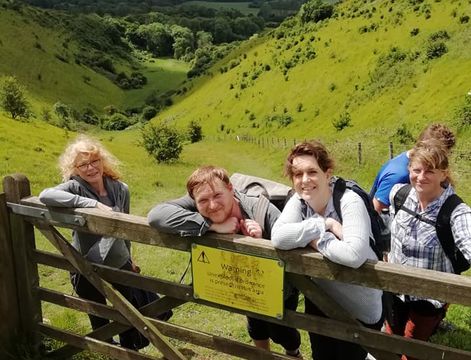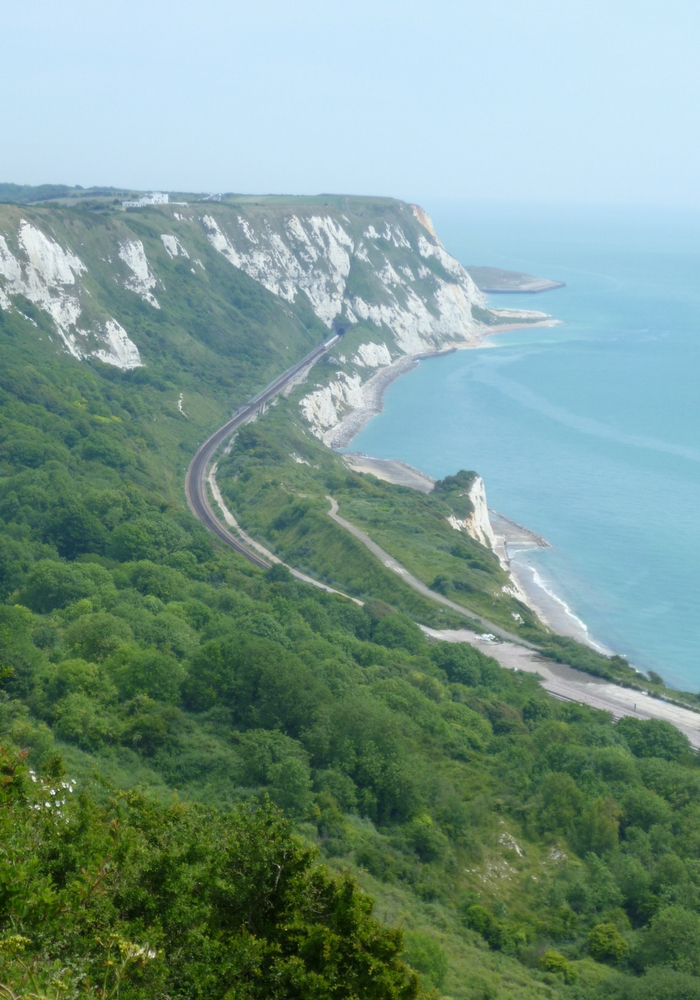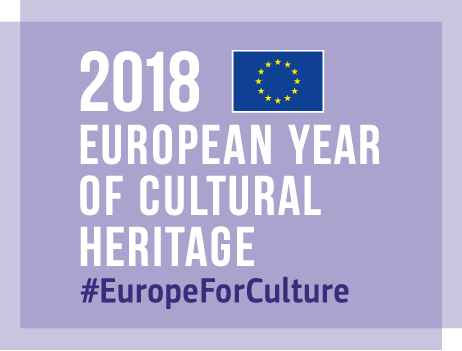Galicia Tourism and the University of Santiago de Compostela examine the economic, demographic, social and environmental impact of pilgrims at the local level in Galicia. This important reports reveals the holistic benefits of pilgrimage to the economy and the environment, especially for remote rural locations and communities. The report is in Spanish but the key conclusions are summarised below in English.
Keys facts shown by the report are:
- Pilgrims have lower transport impact! Conventional tourists spend an important part of their transport budget (approximately 23%), spending a low multiplier effect on a local scale. This expense is almost zero for the pilgrim on his route
- Pilgrims have bigger economy impact than regular tourist! Pilgrims represent 2.3% of the total tourist expenditure in Galicia, but each pilgrim bears the same economic impact as 2.3 domestic visitors (differences in the average stay, average expenditure and the multiplier effect).
- Pilgrims support the general economy! Each euro spent by a pilgrim generates up to 11% of additional output.
- Pilgrims support employment! Each euro spent by a pilgrim generates up to 18% of additional employment
- Pilgrim presence is curbing rural population decline. Pilgrims stay overnight in remote locations and support local services and facilities.
- Local people welcome pilgrims! More than 90% of residents perceive positive impacts of the Way (for income, local commerce, employment, tourism), and they do not perceive negative economic impacts.
- Pilgrims support local produce! In the pilgrim's consumption basket, the expenses on goods and services more intensive are highlighted (food and beverage services account for 61% of their expenditure compared to 26% in the case of non-resident tourists) and which are also produced locally (the pilgrim shows a greater preference for local products).
- Pilgrim or Tourist? Pilgrims do not identify themselves as tourists. An important conclusion is that pilgrims do not identify themselves as tourists. Only a fraction (4%) identified as such, although for many others, in many ways its behaviour is similar to that of a tourist or visitor. But they are future tourists thanks to the experience of the Way. Around 85% of respondents affirm that they will return to Galicia as tourists.
For the full report in Spanish follow this link
www.turgalicia.es/aei/portal/docs/documentacion_vinculada/ir3487.pdf
The English version will be available soon
